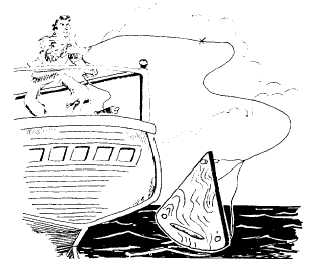The Navy’s Enlisted Performance Evaluation
System provides a fair and accurate profile of a
service member and provides a method of ranking
members in comparison to their peers. The
Enlisted Performance Evaluation Report is an
important management tool; however, counseling
should also be an integral part of the evaluation
process. It will help give proper perspective and
meaning to the performance appraisal. The
importance of the performance evaluation process
cannot be overemphasized; it is an integral and
a vital part of each person’s military career.
The ability to draft different types of official
letters, messages, and reports is one of the many
tasks demanded of a PO1. Each type of corre-
spondence has its own set of standards. These
standards will help you prepare correspondence
that is complete and understandable. They also
help to ensure correspondence gets where it is
intended to go.
REFERENCES
Career Information Program Management,
NAVEDTRA 10238-A, Naval Education and
Training Program Management Support
Activity, Pensacola, Fla., 1990.
Military Requirements for Chief Petty Officers,
NAVEDTRA 12047, Naval Education and
Training Program Management Support
Activity, Pensacola, Fla., 1992.
Personnelman 3 & 2, NAVEDTRA 10254-D1,
Naval Education and Training Program
Management Support Activity, Pensacola,
Fla., 1987.
Standard Organization and Regulations of the
U.S. Navy, OPNAVINST 3120.32B, Office of
the Chief of Naval Operations, Washington,
D.C., 1986.
KNOT
The term knot, or nautical mile, is used
worldwide to denote a vessel’s speed through
water. Today we measure knots with electronic
devices, but 200 years ago such devices were
unknown. Ingenious mariners devised a speed-
measuring device both easy to use and reliable:
the log line. From that device we get the term
knot.
The log line was a length of twine marked at
47.33-foot intervals by colored knots. At one end
was fastened a log chip; it was shaped like the
sector of a circle and weighted at the rounded end
with lead. When thrown over the stern, the log
chip would floatd pointing upward and remain
relatively stationary.
To measure the ship’s speed, a sailor would
throw the log line over the sterm and allow it to
run free over the side for 28 seconds before
hauling it aboard. He then counted the knots that
had passed over the side to determine the ship’s
speed.
2-55


